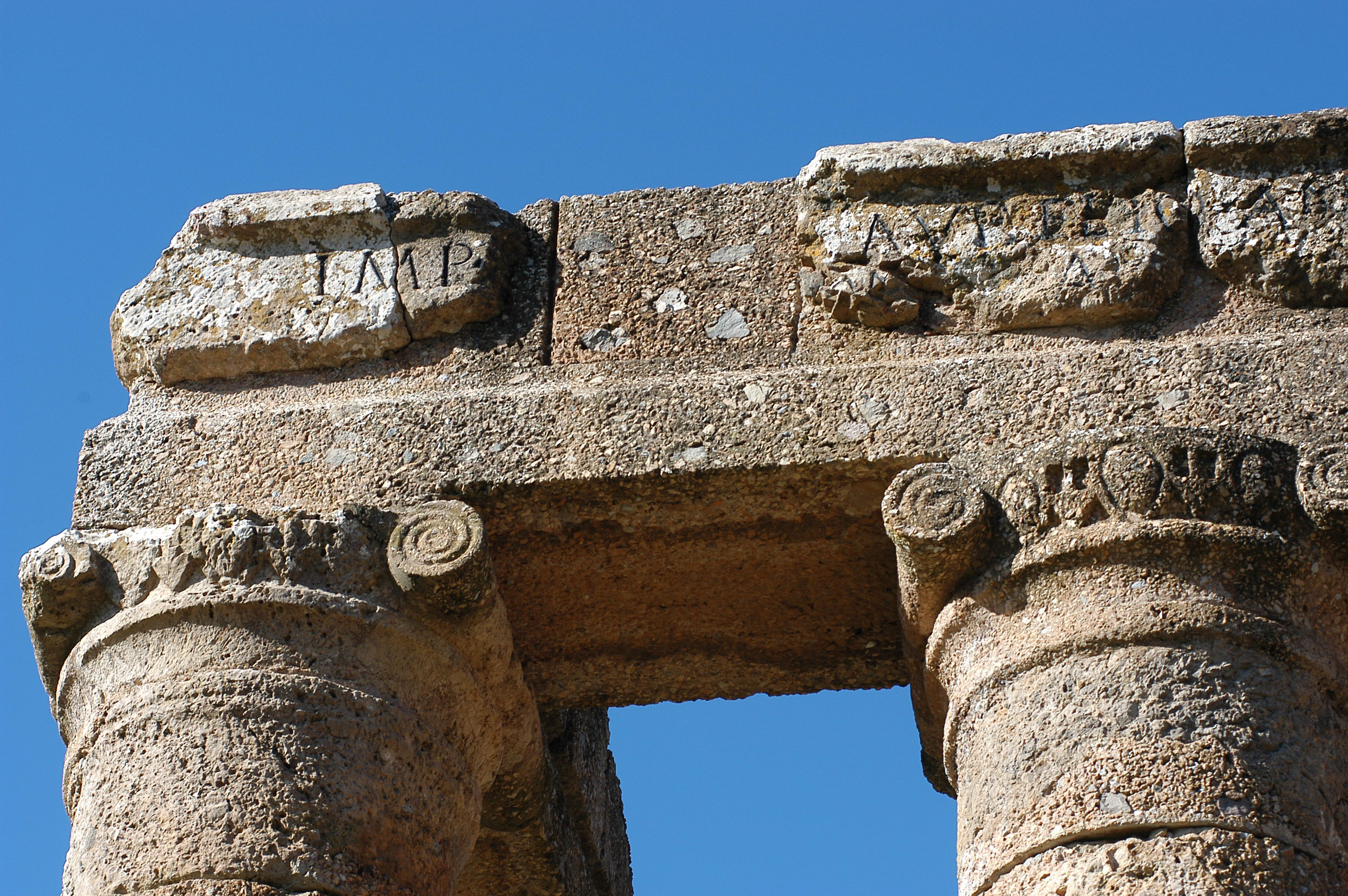History
The territory of the Park, Parte d’Ispi, boasts a long and ancient history of the people that have inhabited it since Neolithic times as shown by the findings found in several locations.
The Estruscan necropolis of the Limene valley, the remains of the Roman aqueduct of Norbio, the abundant Pisan churches that rest on hills like ship wrecked boats on the beach, and other rare ruins extending along the time line in this desolate region, deep down until one reaches the two small buildings dating to the seven hundreds and the small seminary (which are located just outside the town and just manage to form part of it) witness, rather than dwellers, streams of foreigners that didn’t manage to settle in Parte d’Ispi. Only the tombs of the giants can answer to the true character of this land and testify a native civilisation which disappeared without a trace. (Giuseppe Dessì - Paese d’o mbre)
The Estruscan necropolis of the Limene valley, the remains of the Roman aqueduct of Norbio, the abundant Pisan churches that rest on hills like ship wrecked boats on the beach, and other rare ruins extending along the time line in this desolate region, deep down until one reaches the two small buildings dating to the seven hundreds and the small seminary (which are located just outside the town and just manage to form part of it) witness, rather than dwellers, streams of foreigners that didn’t manage to settle in Parte d’Ispi. Only the tombs of the giants can answer to the true character of this land and testify a native civilisation which disappeared without a trace. (Giuseppe Dessì - Paese d’o mbre)
Several sites testify the intense frequency of visitors of the zone during Nuraghic times: the first nuraghe, simple and complex nuraghe, and sanctuary caves and tombs of the giants that can be discovered amongst the fields, on hilltops and deep within the mountains.
The Phoenicians, attracted by the coasts on the south of the island, disembarked in Sardinia from the VIII century a.c. and founded their colonies, amongst which also the city of Neapolis. From the coasts they penetrated inland creating an intense colonisation and building important centres surrounded by vast zones destined to be cultivated, grain fields in particular, to meet the needs of the city.
And the history of Parte d’Ispi continues and new people carry on inhabiting it leaving their traces in its fields, coasts and mountains:
Tutti quelli che vengono da noi vogliono fare la “battaglia del grano”. Cominciarono i Cartaginesi. Come si sa essi fecero della Sardegna uno dei loro più grandi granai. Lo racconta Diodoro, e ci dice con quali mezzi ci riuscirono. (…) I Romani continuarono (…) I genovesi e i Pisani furon da noi solo di passaggio, ma ci furono da conquistatori; gli Aragonesi non lasciarono tracce di civiltà. Il Piemonte paralizzò letteralmente l’economia sarda con la legge delle chiudende. (Giuseppe Dessì - Le due facce della Sardegna)
Important marks of these distant passings are present in the territory of the park and they tell the story of a remote past, often made by great men, on other occasions made by small men, that have contributed towards providing identities for places and local history.

